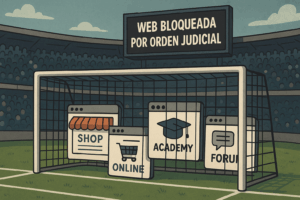Description: X-User Stories are brief descriptions of features or functionalities of a system from the end user’s perspective. Their main goal is to capture the needs and expectations of the user, thus facilitating communication between development teams and project stakeholders. These stories are commonly structured in a format that includes the user’s role, the action they want to perform, and the benefit they expect to gain. For example, an X-User Story might be: ‘As a user, I want to be able to reset my password to securely access my account.’ This user-centered approach allows for prioritizing the development of features that truly add value, ensuring that the final product is more aligned with user expectations. Additionally, X-User Stories are useful tools in agile methodologies, as they enable more flexible and adaptive planning, facilitating iteration and continuous improvement of the product throughout the software development lifecycle.
History: The concept of User Stories became popular in the 1990s as part of agile methodologies, especially within the Scrum and Extreme Programming (XP) frameworks. These methodologies aimed to enhance collaboration between development teams and clients, and User Stories became a key tool to achieve this. Over the years, the approach has evolved, and X-User Stories have been adopted and adapted by various organizations to improve communication and understanding of user needs.
Uses: X-User Stories are primarily used in agile software development to define and prioritize product features. They allow development teams to better understand user needs and adjust their work accordingly. They are also useful in sprint planning, where specific stories can be selected to work on during a given development cycle. Additionally, they facilitate communication among stakeholders, ensuring that everyone is aligned regarding product expectations.
Examples: An example of an X-User Story could be: ‘As an administrator, I want to generate sales reports to analyze business performance.’ Another example might be: ‘As a user, I want to receive email notifications when changes are made to my account to stay informed.’ These stories help teams focus on functionalities that truly matter to end users.



